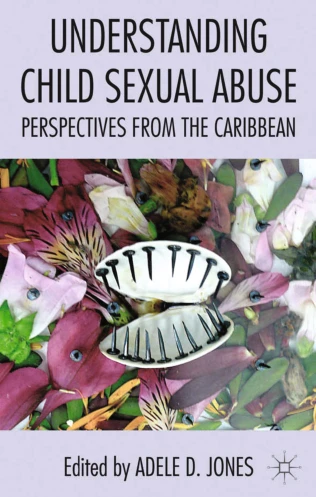Deconstructing Narratives of Childhood Sexual Abuse
Chapter 10.
Abstract
This chapter draws from narrative research conducted as part of a larger UNICEF commissioned study of child sexual abuse (CSA) (see Chapter 9 and also, Jones and Trotman Jemmott, 2009). Feminist scholars have reconceptualised the narrative as an epistemological and ontological concept arguing that it is through narrativity that ‘we come to know, understand, and make sense of the social world’ (Somers, 1994, p. 3). Narrative research enables us to capture rich information about everyday lives that might not be possible using other methods (Lawler, 2002) and as participants locate themselves within a ‘repertoire of emplotted stories’ (Somers, 1994, p. 11), the story-ing encounter between the researcher and the participant becomes a constituent of the experience. In narrative interviews, participants choose how much to reveal and in retaining control of their emotional investment in a study can safeguard themselves from inadvertent re-traumatisation (Carson and Fairbairn, 2002). Rather than seeking ultimate truths, narrative research produces contexted understandings through meaning construction which privileges situated subjectivity (Hardy et al., 2009; Lai 2010). Somers (1994) identifies four features of the narrative that were relevant to this study:
- relationality
- causal emplotment
- selective appropriation
- temporality, sequence and place



